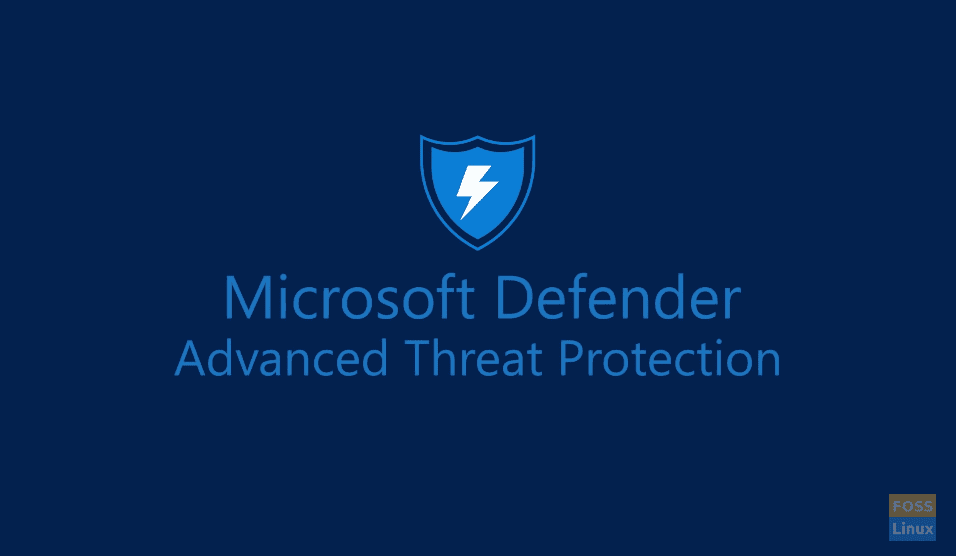American multinational technology giant, Microsoft Corporation, recently announced plans to bring its Defender antivirus software to the Linux platform in 2020. A demonstration of how Linux security specialists, systems administrators, and users can utilize Defenders is slated for presentation this week at the Ignite Conference, Microsoft’s annual security summit.
Earlier May of this year, Microsoft rebranded its popular Windows Defender Advanced Threat Protection (ATP) software to Microsoft Defender ATP. It added support for macOS devices in addition to Windows-based machines.

Windows Defender
Now it appears that Linux systems will also soon be afforded that same protection by Microsoft Defender ATP. Specific Linux distros to be protected have yet to be announced, nor has a release date.
With the announcement, Microsoft Defender ATP will soon provide a centralized security operations base for not only Windows platforms but macOS and Linux platforms via the Microsoft Defender Security Center.
How exactly Microsoft plans to integrate Linux devices into the Microsoft Defender Security Center is not yet known. Still, based on Defender’s history, it will probably be via the Onboard non-Windows machines through a third-party integration option.
Also, based on past experiences, it’s likely that endpoint detection and response capabilities for Linux systems will be included. This will provide security analysts alerts and allow them to investigate breaches and subsequently remediate issues on affected devices quickly.
Corporate Vice President of Microsoft Security Rob Lefferts lay bare Microsoft’s plans for Microsoft Defender, “We’re leveraging our endpoint sensors for real-time visibility, worldwide optics of Microsoft and third-party installed applications, and threat intelligence to help our customers prioritize and focus on the weaknesses that pose the highest risk to their organization right now.”
Windows Defender, initially based on GIANT AntiSpyware (formerly developed by GIANT Company Software, Inc.), was released in October 2006. It initially supported only Microsoft Windows XP and Microsoft 2003.

